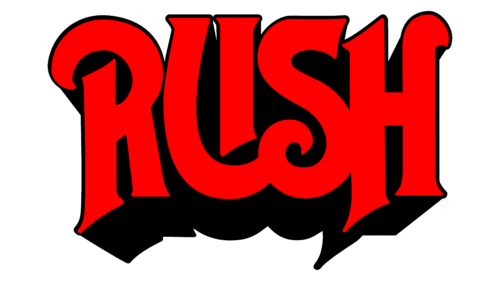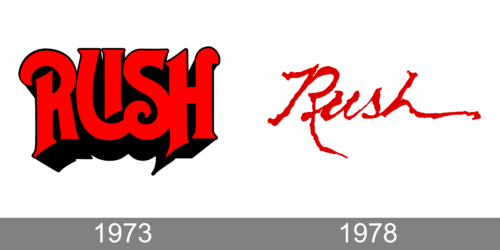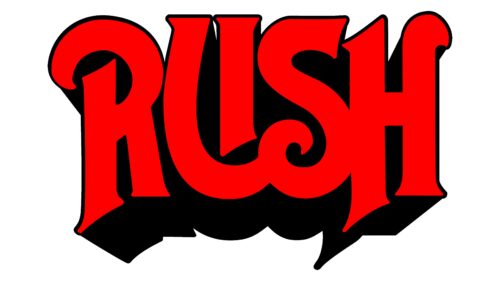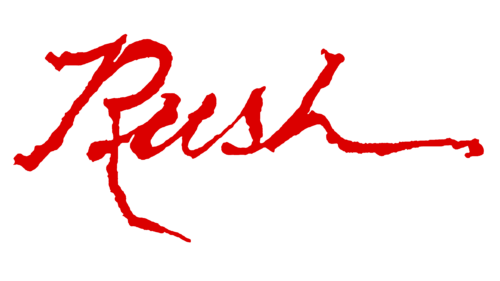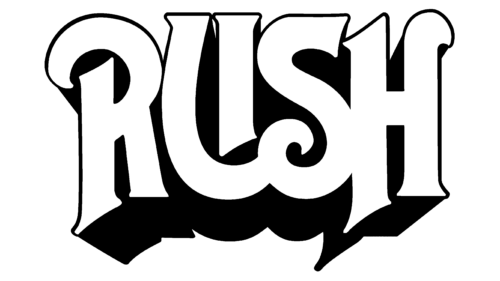Rush is a legend in the world of rock and metal music. The band, consisting of three members, was founded in Canada in the early 1970s. The final lineup of the band was established in 1974. The band Rush has 24 gold, 14 platinum, and three multi-platinum albums sold in the United States. Total record sales worldwide have exceeded 40 million copies.
Meaning and history
An important event in the history of world rock music took place in the summer of 1968 in Willowdale. It was here that the virtuoso guitarist Alex Lifeson met John Rutsey, who played the drums beautifully. Later, the musicians met Jeff Johnson, who wielded the bass guitar. That’s how the band Rush came to be.
The first rehearsals indicated that Jones’ vocals were fine. But not well suited to the style of the new Canadian trio. So within a month Geddy Lee, who had a peculiar voice, took the place of the vocalist. The next line-up change happened only in July 1974. Then John Rutsey left the drums, giving way to Neil Peart. Since then, the band’s styles and sound have changed, but the lineup has remained unchanged.
For the first three years, the musician of Rush found their niche and didn’t play for the wide public. That’s why their official history started only in 1971. Three years later, the Canadian prog-metallists went on their first tour in the United States.
In their songs, Rush touched upon social and ecological problems and military conflicts of humanity. Special attention was paid to the band’s performances, which not only combined prog metal with hard rock, heavy metal, and blues but also had amazing special effects. Geddy Lee sang on stage, played bass, and made unreal sounds with a synthesizer.
During its existence, Rush managed to release 19 full-length albums. All was well until the 1990s. In 1997, drummer and lyricist Neil Peart’s daughter was killed under the wheels of a car. His beloved wife died of cancer. The band disappeared from the musical firmament. But in 2000, the band not only got back together as usual but also recorded new songs.
In 2012, the album Clockwork Angels was released, which was the last in the band’s discography. Already three years later, the band Rush suspended its touring activities. And in early 2018 Alex Lifeson announced the end of the history of the Canadian trio. everything ended in January 2020.
What is Rush?
Rush is the name of a legendary Canadian band, which was founded in August 1968 by a couple of teenagers from the suburbs of Toronto, Aleksandar Živojinović, who changed his Serbian last name to English for convenience (Lifeson), and John Rutsey. The original line-up also included Jeff Jones, but a month later this comrade left, making room for Gary Lee Weinrib, nicknamed “Geddy”.
In terms of visual identity, Rush was focused on their name, which was introduced in different styles throughout the years but has never been accompanied by any graphical elements. Also, the band has chosen red as its main color since the very beginning of Rush career.
1973
The first version of the Rush logo was created in 1973 and featured stylized user case lettering in bold red characters with black outlines and shadows. The letters were stable yet elegant, due to the elongated and curved lines, and barely visible triangular serifs on the ends of the bars.
1978
The redesign of 1978 introduced a completely different wordmark for the legendary band. The name “Rush” was now set in the title case of a handwritten cursive font with uneven contours and edges. The red shade on this version got a bit darker, resembling a shade of blood, which added some drama to the composition and reflected the music style of the band.
Font and color
The Rush logo is handwritten, hence there are no commercial typeface analogs to the font, used in the band’s insignia. As for the color palette of the Rush visual identity, from the early days of the band, it has been based on red, which got darker and deeper throughout the years, representing strength, passion, and beauty n some way, — aggression and brutality.


